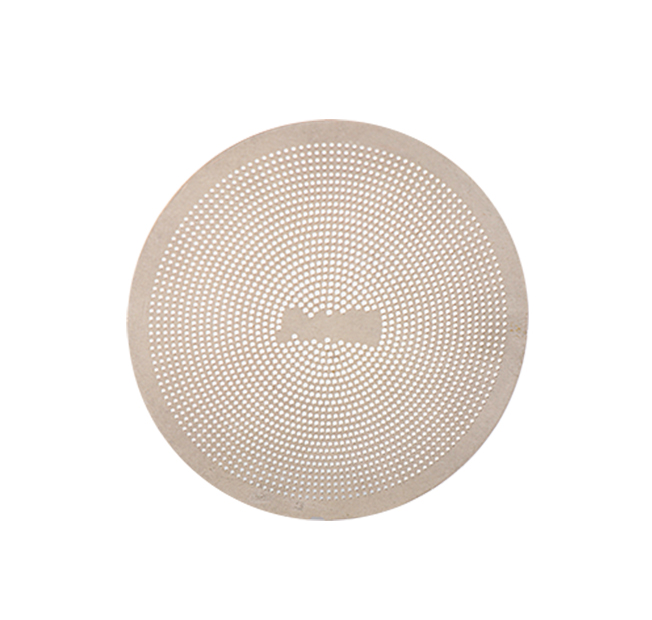Time:2025-06-10 Views:0 source:CNC Machining customization source:CNC Machining news

Selecting the appropriate tools for a CNC engraving machine is a crucial decision that directly impacts the quality, efficiency, and precision of the engraving process. Different engraving tasks, materials, and machine capabilities require specific types of tools. A comprehensive understanding of various factors is necessary to make an informed choice.
Material Considerations
The material to be engraved is the primary determinant in tool selection. For soft materials like wood, acrylic, and certain plastics, high - speed steel (HSS) tools are often sufficient. HSS tools are cost - effective and can provide good cutting performance with a reasonable lifespan when working on these materials. For example, when engraving intricate patterns on wooden plaques, a 2 - flute HSS end - mill can create clean cuts and smooth edges. However, when dealing with harder materials such as metals (aluminum, brass, and even steel), carbide - tipped tools are preferred. Carbide has excellent hardness and wear - resistance, enabling it to withstand the high forces and temperatures generated during metal engraving. A carbide ball - nose end - mill is commonly used for engraving 3D designs on metal surfaces, ensuring precise and long - lasting results.
Engraving Task Requirements
The nature of the engraving task also influences tool selection. For shallow text or line engraving, single - flute or two - flute end - mills with a sharp tip are ideal. They can create fine lines and detailed lettering efficiently. On the other hand, for deeper pocketing or contouring operations, multi - flute end - mills are more suitable. These tools can remove material faster, reducing the overall machining time. For instance, when creating a deep - engraved logo on a plastic panel, a 4 - flute carbide end - mill can quickly cut through the material while maintaining good surface finish. Additionally, if the engraving involves intricate 3D shapes, ball - nose end - mills are essential as they can follow complex contours with ease.
Tool Geometry and Size
Tool geometry, including the number of flutes, flute length, and cutting edge angle, plays a significant role. More flutes generally mean higher material removal rates but may also increase the risk of chip - packing, especially in softer materials. Shorter flute lengths are better for heavy - duty cutting as they offer more rigidity and stability. The cutting edge angle affects the cutting forces and the quality of the cut surface. A smaller cutting edge angle provides a smoother finish but may reduce the tool's strength. Regarding size, the diameter of the tool should match the scale of the engraving. Small - diameter tools are suitable for detailed work, while larger - diameter tools are more efficient for roughing operations and removing large amounts of material.
Machine Compatibility
The capabilities of the CNC engraving machine itself must be considered. The spindle speed, power, and torque of the machine determine the maximum speed and feed rates that the tool can handle. A tool with a high - recommended speed may not be suitable for a machine with a low - speed spindle. Moreover, the tool - holding system of the machine, such as collets or tool holders, must be compatible with the tool shank size. Ensuring proper machine - tool compatibility is crucial for safe and efficient operation.
selecting the right tools for a CNC engraving machine requires a careful assessment of material properties, engraving task requirements, tool geometry and size, and machine compatibility. By making the appropriate choices, engravers can achieve high - quality results, extend tool life, and optimize the overall engraving process.
Read recommendations:
Sealing ring Precision electronic parts
Housing components for recessed downlights Precision electronic parts
Oval Magnetic Hardware Precision electronic parts
CNC Machining Dimension Accuracy
CNC processing factory - Meeting customers' strict requirements for precision